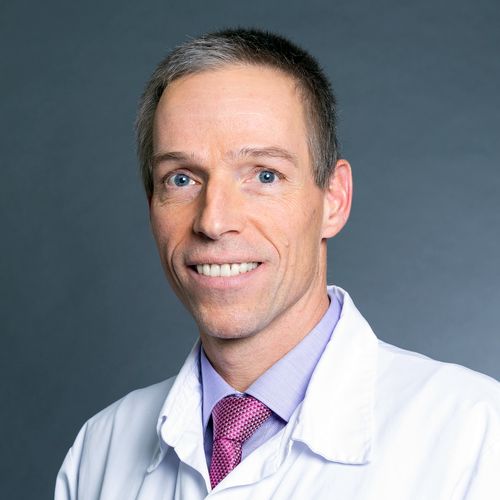About This Webinar

Hypoparathyroidism is the most common complication after total thyroidectomy and is the result of the inadvertent devascularization of parathyroid glands. To help address this issue, researchers have taken advantage of a specific optical phenomenon: When excited in the near-infrared portion of the spectrum (at about 785 nm), the inherent fluorescence of parathyroid tissue re-emits at another wavelength (at about 820 nm) with a much stronger signal compared to other surrounding tissue (thyroid, fat, and muscle). Recent studies report that the identification of parathyroid glands was more accurate using autofluorescence-based systems than with the naked eye alone, suggesting a better post-operative outcome. Some groups performed angiography of the parathyroid glands with the fluorescent dye Indocyanin green, whose fluorescent properties are in the near-infrared light range (peak absorption at 800 nm, peak emission at 830 nm). This allows good visualization of the vascularization of various tissues, including parathyroid glands. Based on a review of medical records in the recent studies, these fluorescent techniques have helped decrease the rate of post-thyroidectomy hypoparathyroidism (defined as a low level of PTH on post-operative day 1) from 13% to 15% 10 years ago to 2% to 3% today.
***This presentation premiered during the 2022
BioPhotonics Conference. For more information on Photonics Media conferences, visit
events.photonics.com.
About the presenter

Frédéric Triponez completed medical school in Geneva in 1996. He completed his residency in general surgery in Geneva, and then he spent one year working with professor C.A. Proye in Lille, France, and one year working with professor O. Clark in San Francisco. After returning to Geneva in 2005, he established the endocrine surgery unit at the University Hospitals of Geneva, making it the biggest center for thyroid and parathyroid surgery in Switzerland.
While in medical school, Triponez also specialized in thoracic surgery and then spent two years working with professor J.F. Regnard in Paris.
He was appointed head of the Department of Thoracic and Endocrine Surgery at the University Hospitals of Geneva in December 2013 and is a full professor of surgery at the Faculty of Medicine of Geneva. Triponez has been chairman of the Department of Surgery since 2018.
His current areas of research involve the development of innovative techniques to preserve the parathyroid function during thyroid and parathyroid surgery, with the goal of decreasing the rate of post-thyroidectomy hypoparathyroidism.